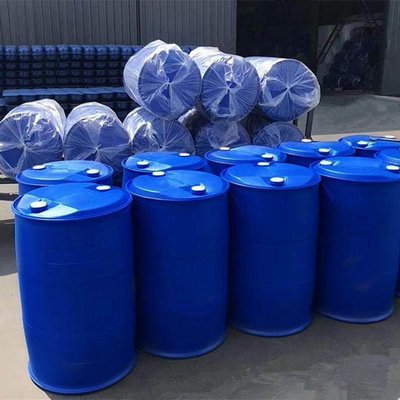lithium chloride monohydrate
What is Lithium Chloride Monohydrate?
Lithium chloride monohydrate is a versatile chemical compound with diverse applications across various industries. At its core, it’s a hydrated form of lithium chloride, meaning it includes water molecules in its structural makeup.

Chemical Composition and Formula
Lithium chloride monohydrate’s molecular formula is LiCl·H₂O. This formula reflects its makeup: one lithium (Li) ion, one chloride (Cl), and one water (H₂O) molecule bound within its crystalline structure. Its molar mass is approximately 60.41 g/mol.
The compound also dissolves readily in other solvents like ethanol, offering versatility in chemical processes.
For more details about its chemical structure and use, you can check sources like American Elements.
Physical and Chemical Properties
Lithium chloride monohydrate boasts several distinct properties, many of which enhance its effectiveness in various applications.
- Melting Point: The melting point of lithium chloride monohydrate is around 150°C, but the anhydrous form has a higher melting point, approximately 614°C, as the water molecule gets removed via heat.
- Boiling Point: While the exact value for the hydrated form isn’t widely available, lithium chloride in its anhydrous form has a boiling point of about 1,382°C, showcasing its thermal stability.
- Hygroscopic Nature: Lithium chloride monohydrate is highly hygroscopic, meaning it absorbs moisture from the surrounding air. This property makes it an essential desiccant in applications requiring precise humidity control.
Its hygroscopicity and solubility allow it to excel in practical uses, from industrial drying processes to air conditioning systems. Learn more about these fascinating properties on PubChem.
Understanding these characteristics makes it easy to see why lithium chloride monohydrate is such a staple in industries ranging from chemical manufacturing to pharmaceuticals. Its unique balance of stability, solubility, and reactive potential ensures it remains an important tool for both routine and specialised chemical tasks.
Production and Synthesis of Lithium Chloride Monohydrate
Lithium chloride monohydrate, a critical component in industries like pharmaceuticals and energy, has a production process that ensures its chemical integrity and usability. Whether manufactured on a commercial scale or synthesised in a lab, the production methods aim for efficiency and purity.
Commercial Production Processes
The industrial production of lithium chloride monohydrate typically involves extracting lithium compounds from naturally occurring sources. Lithium-rich brines, found in countries like Chile and Bolivia, are the most common raw materials.Once concentrated, hydrochloric acid reacts with lithium carbonate to produce lithium chloride. The final step introduces water to form lithium chloride monohydrate (LiCl·H₂O).
These methods not only optimise efficiency but also help reduce waste. For more details about these advanced processes, you can explore sources like Condorchem.
Moreover, companies like Vulcan Energy Resources have even started producing lithium chloride from optimised plants, focusing on sustainability and reduced carbon footprints. Learn more about this breakthrough from Vulcan.
Laboratory Synthesis
In controlled environments, lithium chloride monohydrate can be synthesised with high precision. The common approach involves reacting lithium carbonate with hydrochloric acid, similar to the industrial method. To achieve high purity, the reaction is conducted in glass or plastic apparatuses, as metal surfaces can cause contamination.
Key steps:
- Dissolve lithium carbonate powder in distilled water.
- Add hydrochloric acid slowly while stirring, ensuring full reaction.
- Boil the solution to evaporate excess water, crystallising pure lithium chloride.
- Hydrate the crystals under controlled humidity to produce lithium chloride monohydrate.
This controlled synthesis is ideal for small-scale research or specialised applications. More details on preparation techniques can be found on GuideChem.
Purification Techniques
High-purity lithium chloride monohydrate is crucial for applications like battery production or pharmaceuticals.
Some of the most effective techniques include:
- Ion Exchange: Removes ions selectively to achieve a higher purity level.
- Chemical Precipitation: Adds specific reagents to separate impurities.
- Vacuum Crystallisation: A sophisticated process that enhances purity by isolating lithium chloride in a controlled environment.
For industrial-grade purification, solvometallurgical processes have also proven effective. You can dive deeper into purification processes at SpringerLink.
By employing these techniques, industries ensure the quality of lithium chloride monohydrate remains consistent and reliable for even the most demanding applications.






